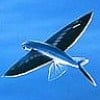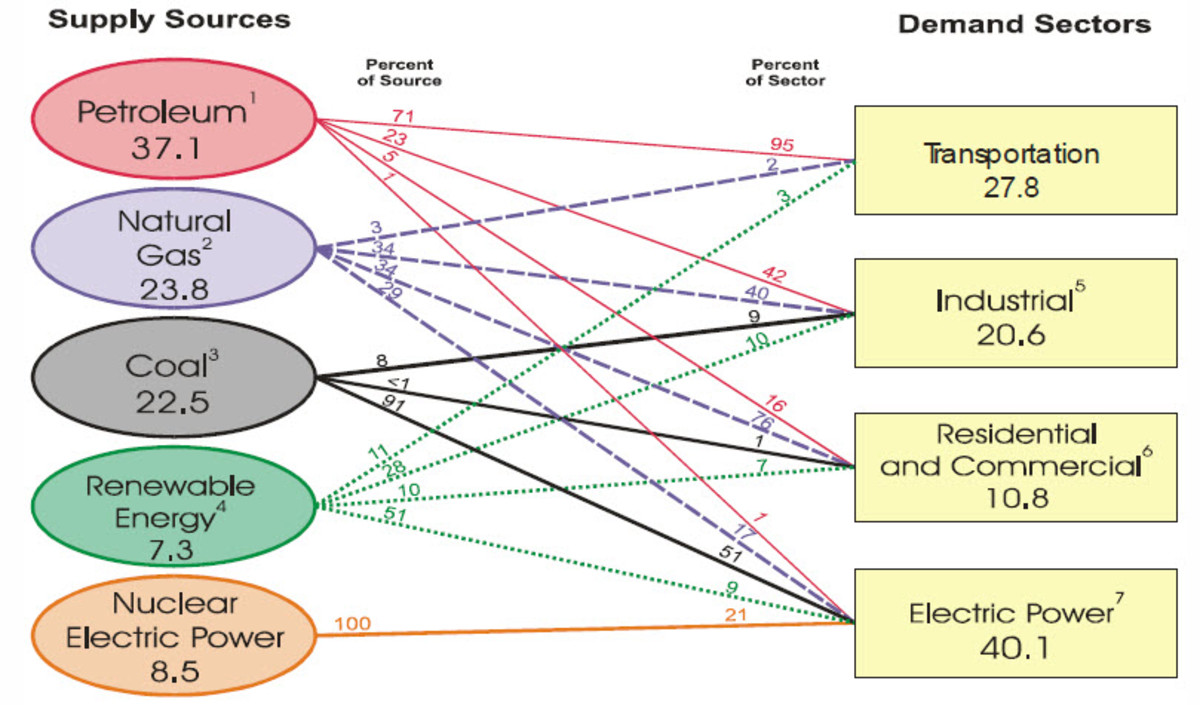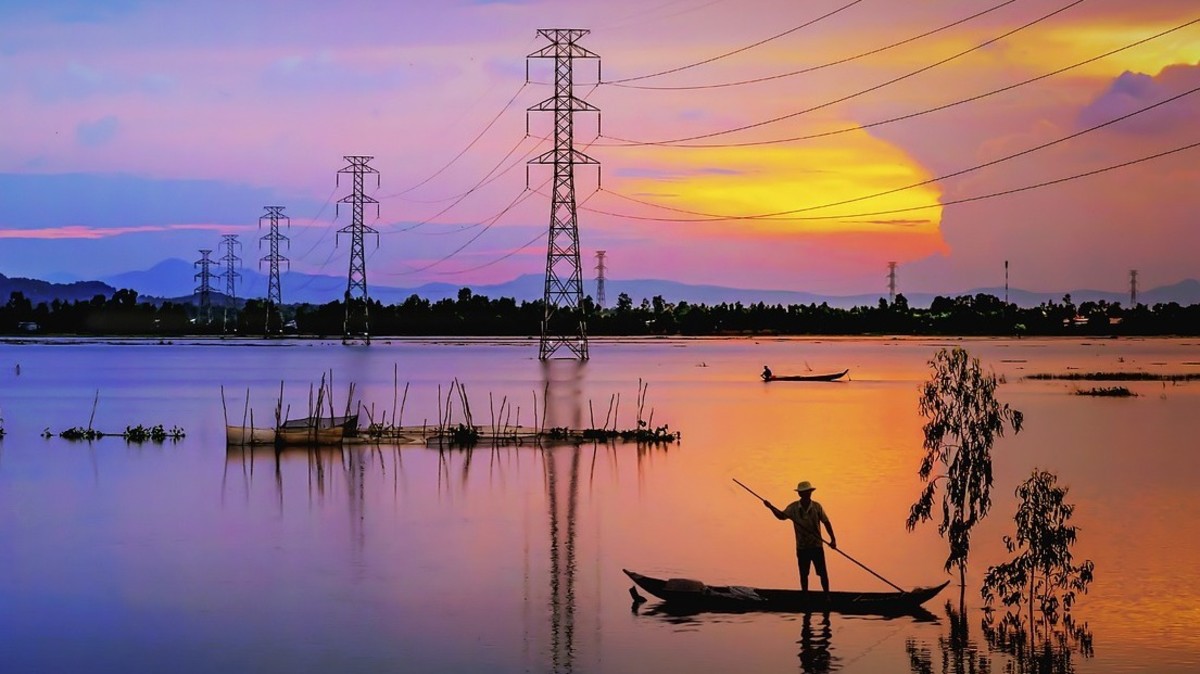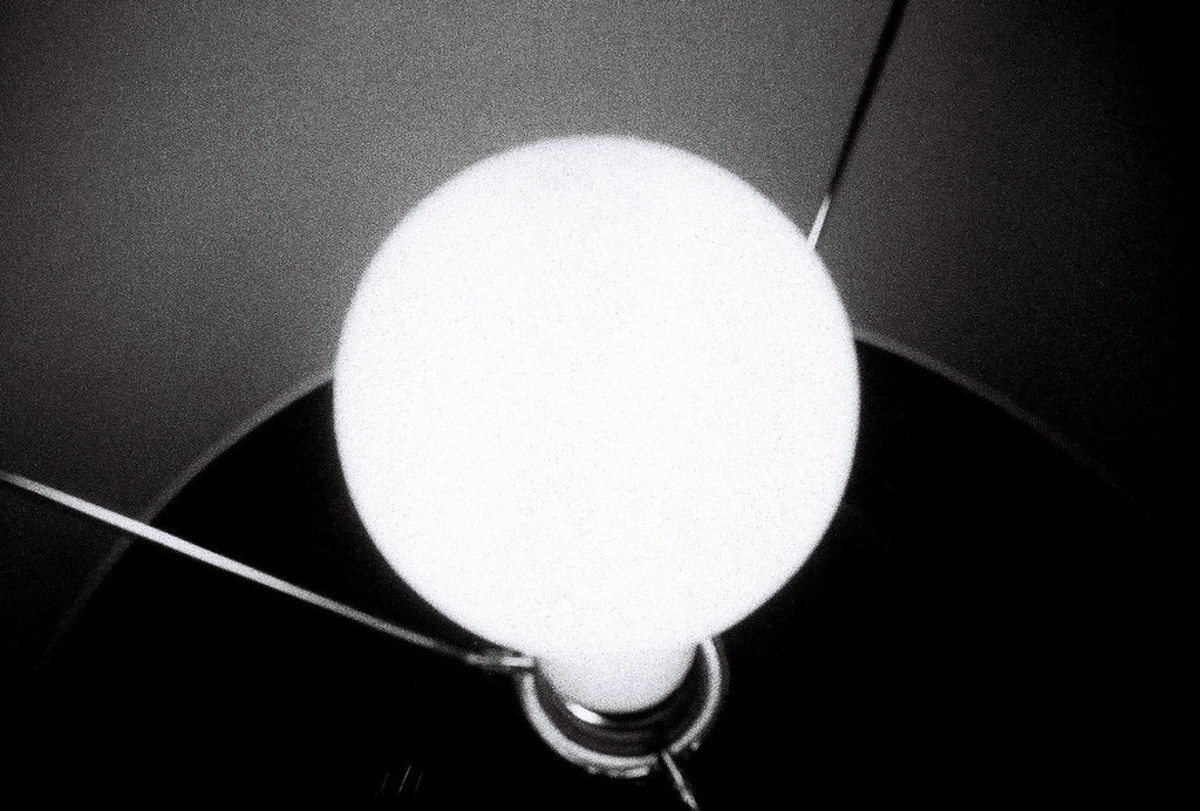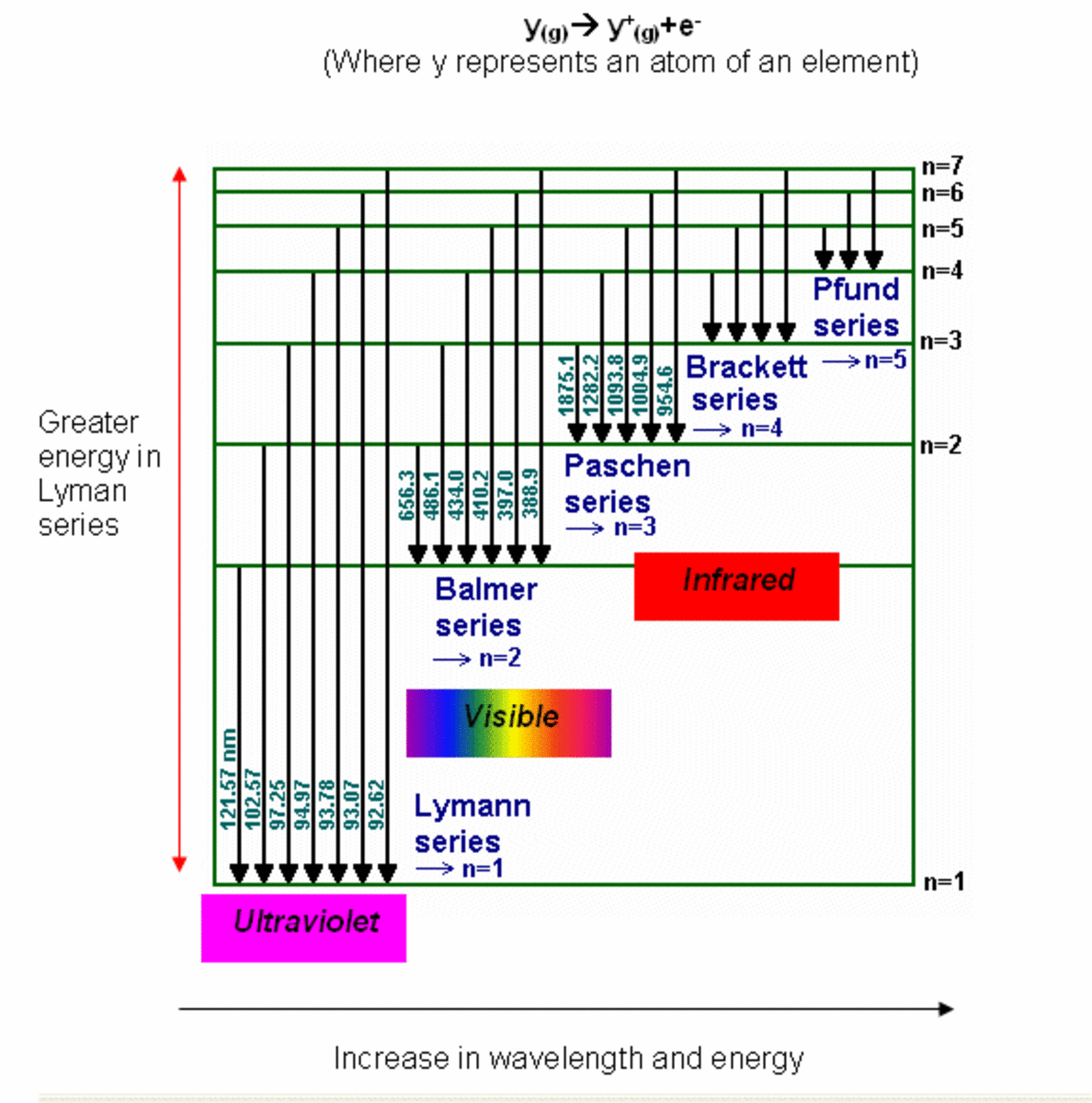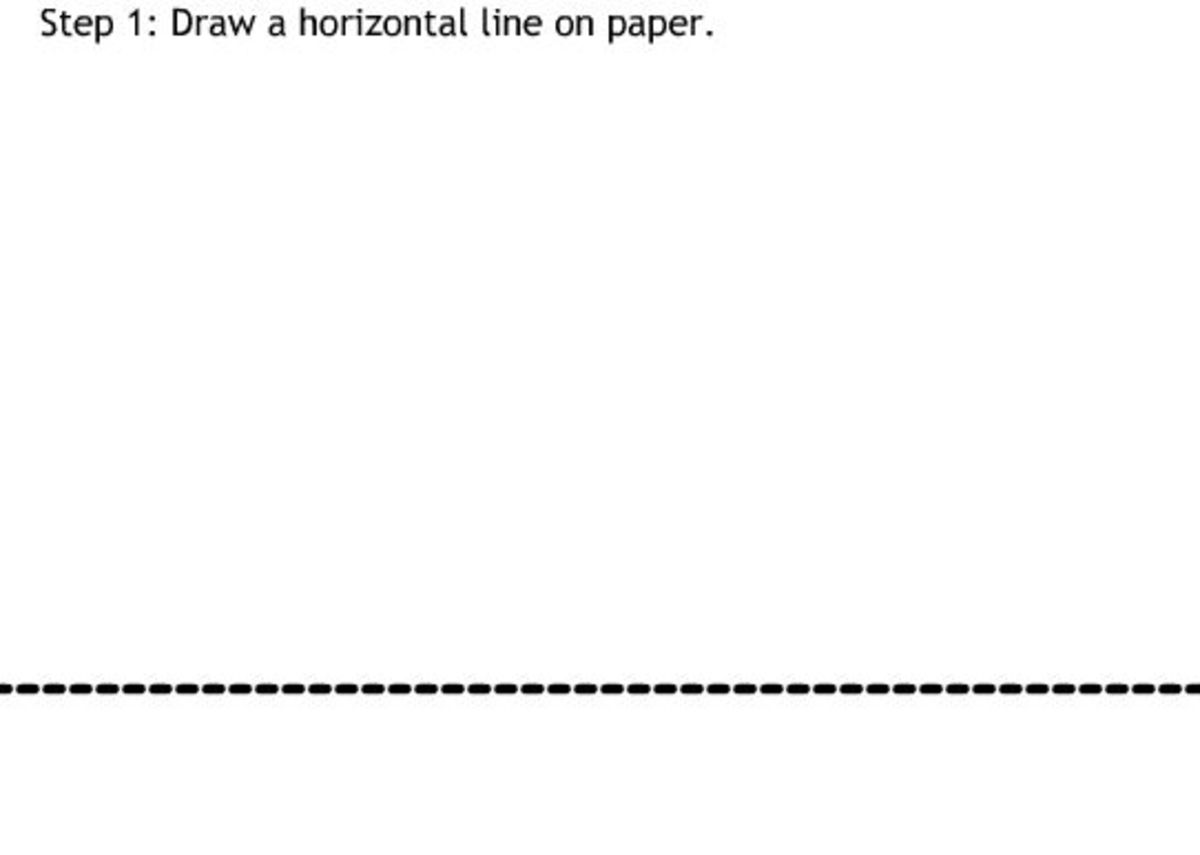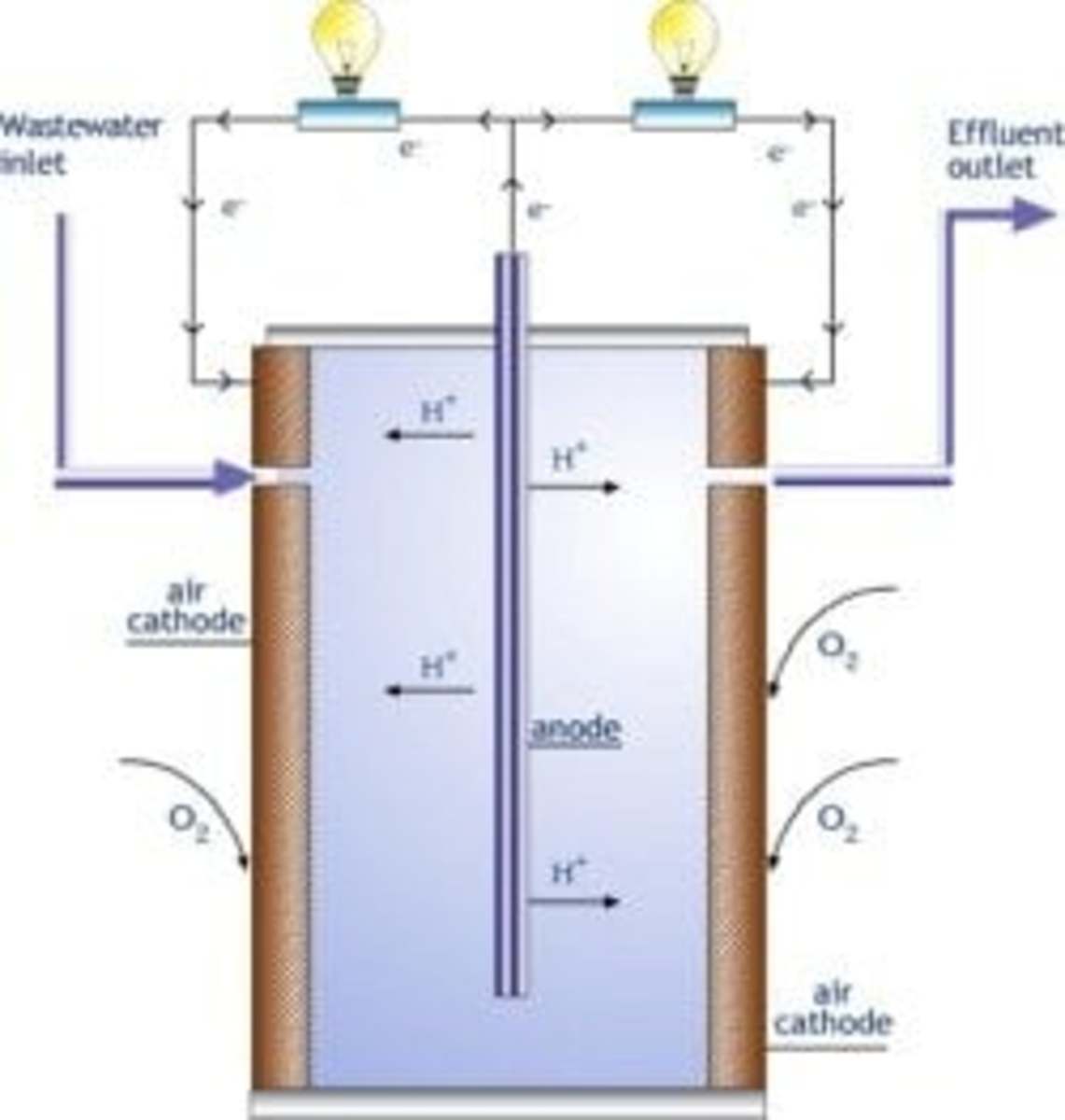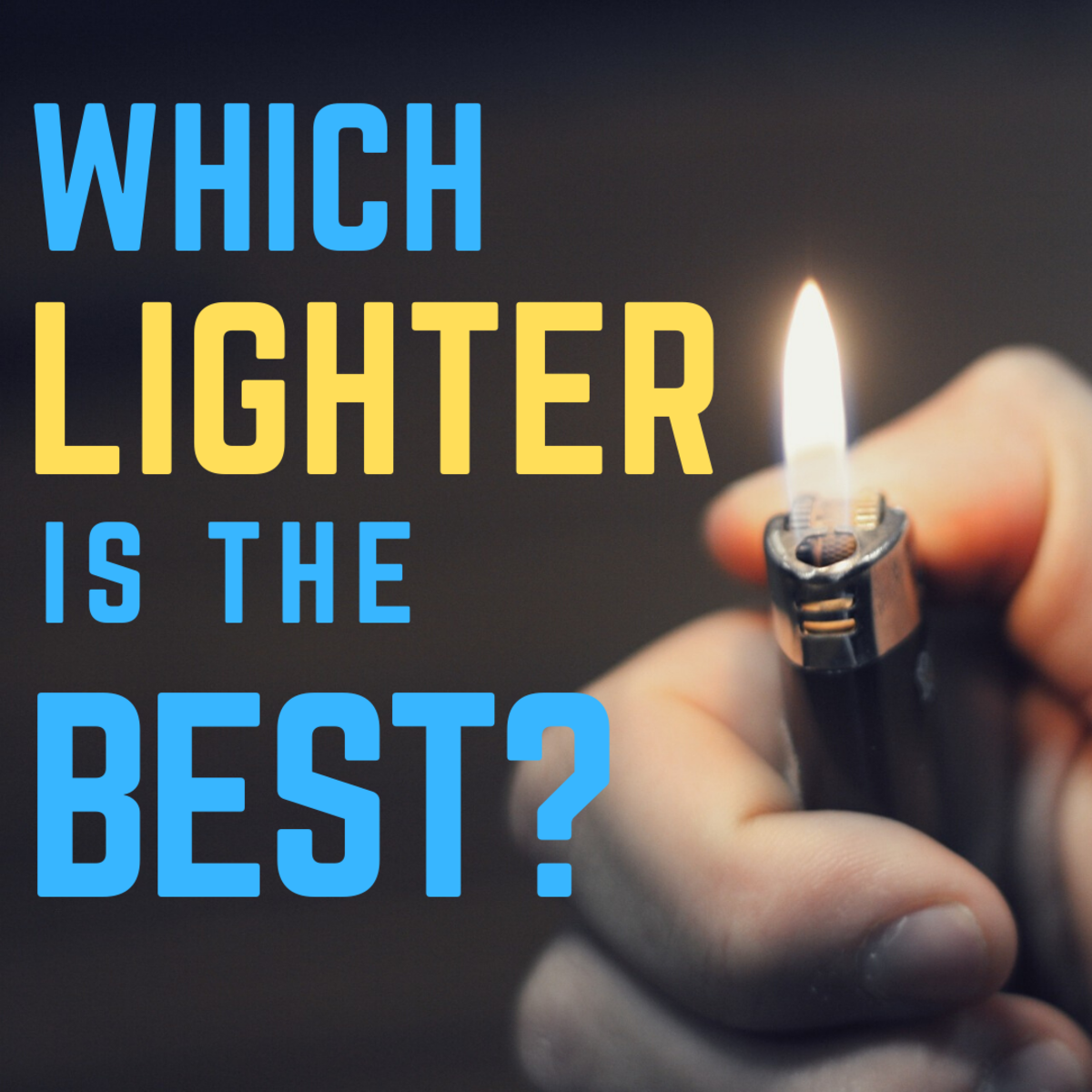Advantages of Wind Energy Boosted by 20 MW Wind Turbines
New research shows that wind turbines up to 20 MW are feasible.
This is a boost to many proposed large scale operations as these units will be very cost effective. Research has shown that proposed wind farm and solar energy projects in Hawaii can easily provide energy for about 25% of the state and the larger units will be an advantage.
The EU-funded UpWind project examined the design limits for upsizing wind turbines to a maximum size of 20 Megawatt (MW). The study found that these large wind turbine systems would require rotor about 200 metres in diameter, compared to some 120 metres for current 5 MW turbines.
The European Wind Energy Association (EWEA) said that such turbines could be an ideal and economic solution for the expanding offshore wind energy capacity in Europe, generating several times more electricity at much lower costs than existing turbines.

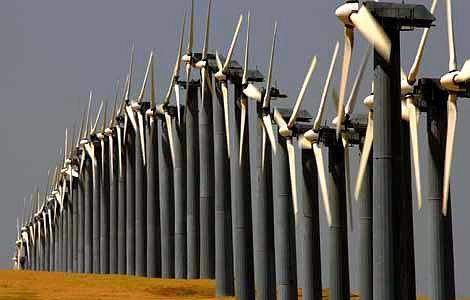
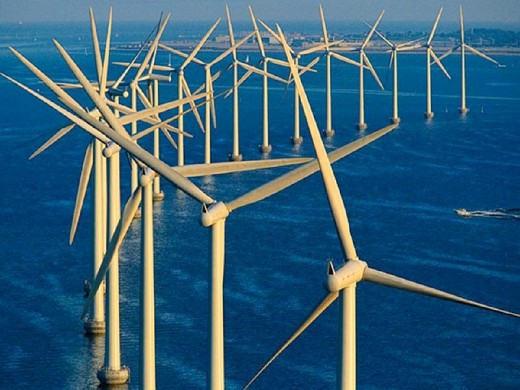
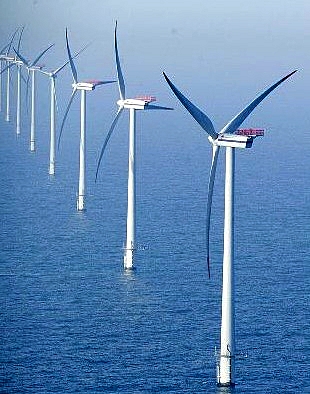
EWEA has forecast that energy from wind power could supply 26-34% of the electricity demand in Europe by 2030. About half of the electricity would come from offshore turbines, with the rest coming from onshore plants.
The larger 20 MW machines could be much more cost-effective, however they would require new innovative technology make the design work.
The study by UpWind found that it was not simply a matter of up scaling the existing 5 MW turbines.
The major innovations required were to lower the fatigue loads on blades so that lighter and longer blades could be built. This would require:
- Manufacturing the blades from more flexible materials could diminish fatigue loads by 10%.
- Using control systems for individual blades could reduce fatigue loads by about 20-30%.
- Building the blades in two sections (like a modern yacht wing or aeroplane wing ), which would allow each section to be controlled separately. This could reduce fatigue loads by 15%. It also makes it easier the make and transport the blades.
- Installing a set of sensors on one wind turbine mean that the total fatigue loading on this and neighbouring turbines can be estimated and this provides better control.
- The impact of loads can be reduced by sensing and responding to upcoming gusts before they arrive at the turbine.
- © janderson99-HubPages

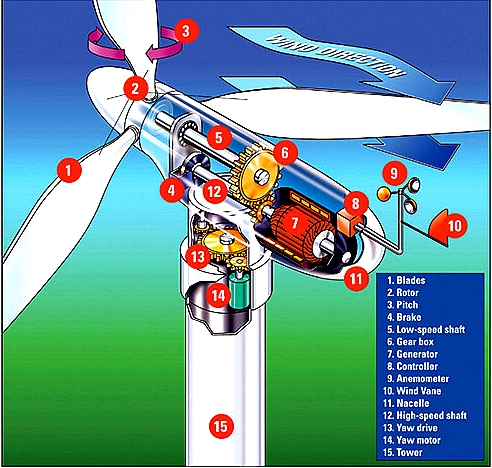
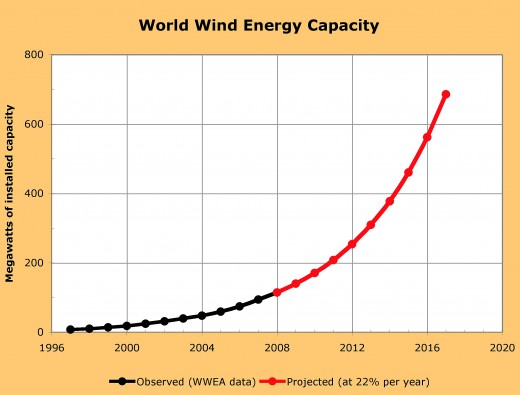

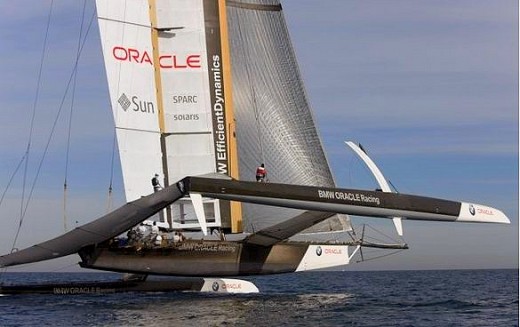
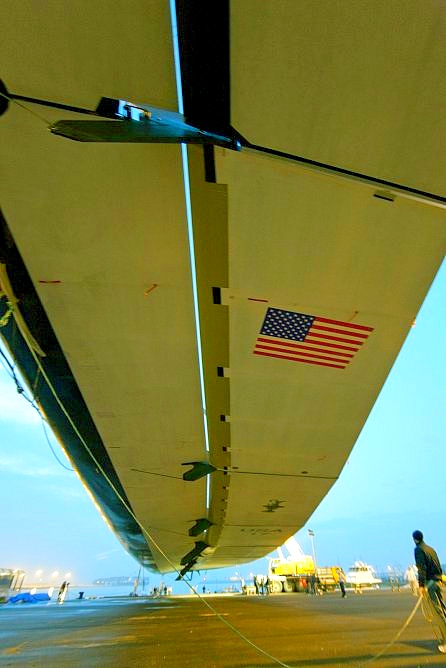
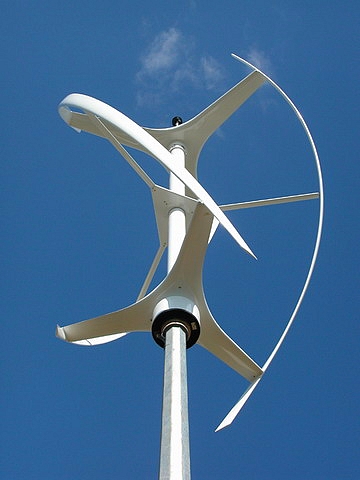
Sustainable Electricity for Hawaii
The Interisland Wind power project has being designed to supply 400 MW of wind turbine power from Lanai and Molokai and cable it to Oahu. This combined,with the on-Oahu wind farm plants and solar energy could reliably supply more than 25% demand. A new research study found that the proposed 100 MW of solar power and 500 MW of wind, could replace burning about 130,000 tons of coal and 3 million barrels of fuel oil each year, while still maintaining a reliable and efficient system for supplying base and peak loads. Using 20 MW wind turbines would increase the viability of the project. A number of requirements were identified:
- Provide modern and reliable wind power forecasting to help predict the amount of power that will be available from wind;
- Increase power storage (the amount of power that can be supplied to meet peak demands quickly) to help deal with uncertainty in wind power forecasts and wind variability;
- Increase ramp up and ramp down rates (the time it takes to decrease or increase output) of Hawaiian Electric's thermal generating units;
- Evaluate other resources capable of providing reserve supplies, including fast-starting thermal generating units.
With these and other proposed changes, the research study suggests, that Oahu can develop increased solar and wind projects without limiting on the output of renewable resources.
For Oahu, the requirements involve a comprehensive package of the roof-top solar, utility-scale solar, waste-to-energy conversion and on-Oahuwind projects. However on-island resources are not enough to meet Oahu's power needs and the Interisland Wind Project is needed to supply all the needed capacity for both base load and peak requirements.
© janderson99-HubPages
© 2011 Dr. John Anderson
